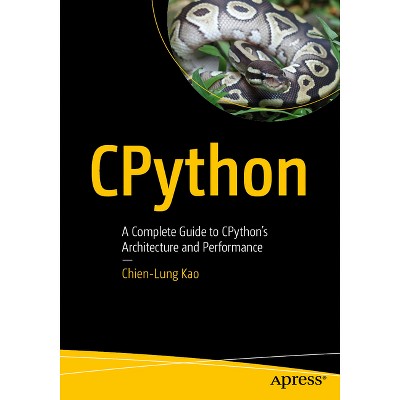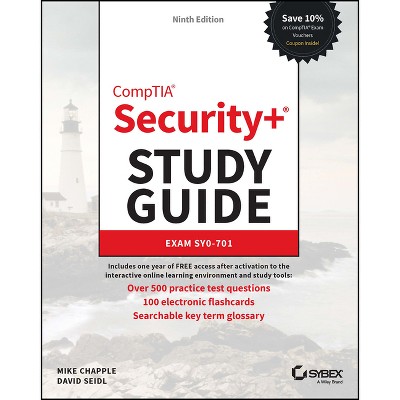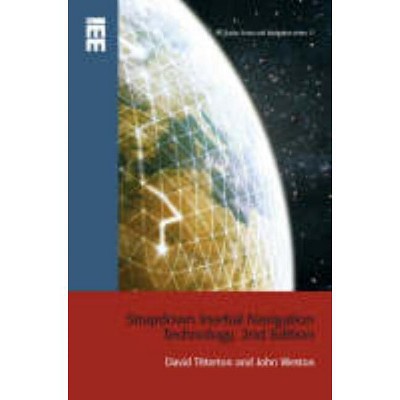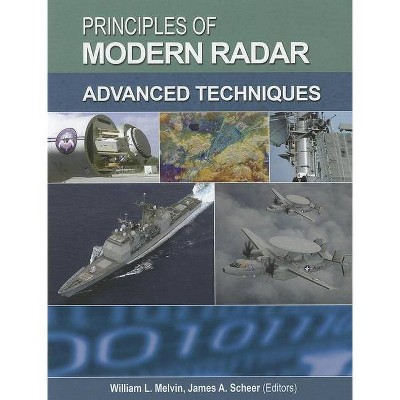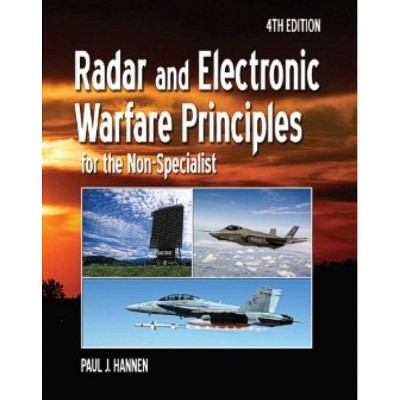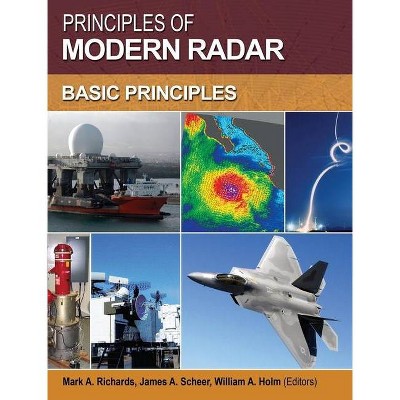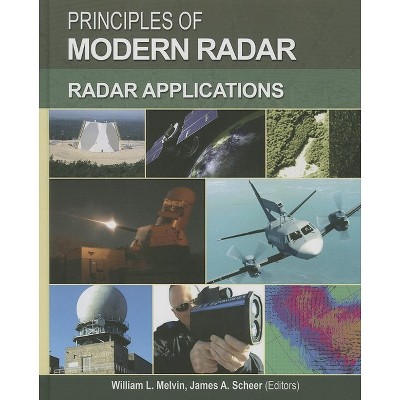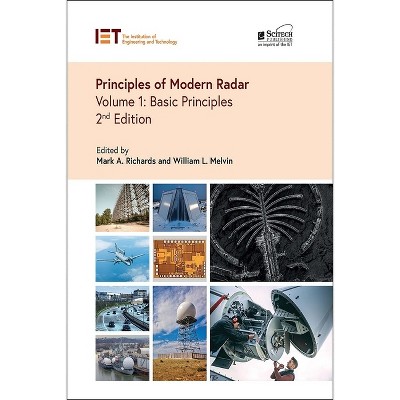Sponsored

Principles of Space-Time Adaptive Processing - (Radar, Sonar and Navigation) 3rd Edition by Richard Klemm (Hardcover)
In Stock
Sponsored
About this item
Highlights
- This third edition of Principles of Space-Time Adaptive Processing provides a detailed introduction to the fundamentals of space-time adaptive processing, with emphasis on clutter suppression in airborne or spacebased phased array radar, covering specifically the principles of airborne or spacebased MTI radar for detection of slow moving targets for use in the fields of earth observation, surveillance and reconnaissance, with special attention paid to clutter rejection techniques.
- Author(s): Richard Klemm
- 672 Pages
- Technology, Radar
- Series Name: Radar, Sonar and Navigation
Description
About the Book
This book presents a systematic introduction to airborne MTI (moving target indication) system design for use in the fields of earth observation, surveillance and reconnaissance, with particular regard to the suppression of clutter returns. New developments in the field and special aspects of airborne MTI radar are also covered.
Book Synopsis
This third edition of Principles of Space-Time Adaptive Processing provides a detailed introduction to the fundamentals of space-time adaptive processing, with emphasis on clutter suppression in airborne or spacebased phased array radar, covering specifically the principles of airborne or spacebased MTI radar for detection of slow moving targets for use in the fields of earth observation, surveillance and reconnaissance, with special attention paid to clutter rejection techniques.
The book includes topics such as signal processing, clutter models, array processing, bandwidth effects, non-linear antenna arrays, anti-jamming techniques, adaptive monopulse, bistatic radar configurations, SAR and ISAR, and sonar.
After the success of the first and second editions, this third edition has been extensively updated and extended to reflect the numerous advances in the field. A completely new chapter has been added on the impact of the radar range equation, which is of particular importance for radar system designers. This edition concludes with an updated list of more than 750 references on STAP and related topics, representing the worldwide state of-the-art research in space-time adaptive processing.
The book will be of particular interest to electronic and aerospace engineers, university lecturers, postgraduate students, research scientists, radar system engineers and managers working in civilian and military airborne and spacebased radar, as well as potential users of air- and spaceborne radar.
Review Quotes
'I believe that this comprehensive text book is definitely welcome by the Radar Community.'
--Dr. A. FarinaShipping details
Return details
Frequently bought together

Trending Computers & Technology Books

